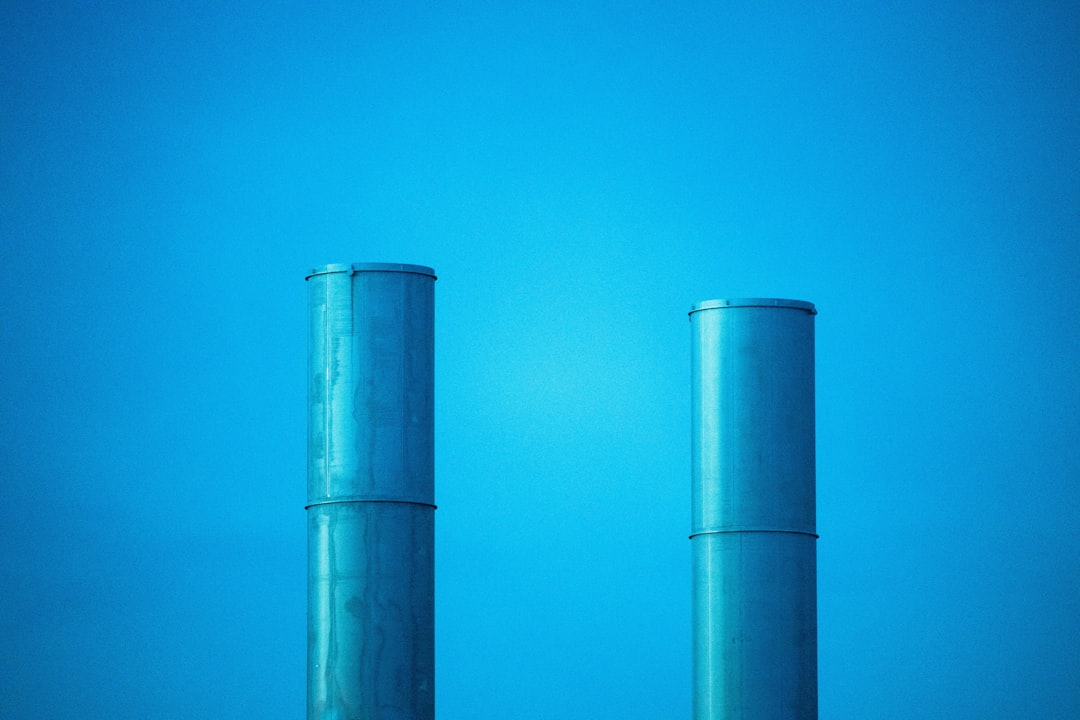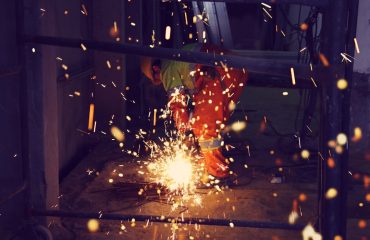Waste heat recovery (WHR) projects offer significant opportunities for energy savings and environmental sustainability. These projects capture otherwise wasted heat from industrial processes and convert it into usable energy. While many components contribute to a successful WHR system, the piping system plays a crucial, often overlooked, role in its efficiency and longevity. Understanding the intricacies of pipe selection, design, and maintenance is paramount to maximizing the return on investment of any WHR initiative.
1. Choosing the Right Pipe Material for Waste Heat Recovery
The selection of pipe material is critical for the success of a WHR project. The choice depends on several factors, including the temperature and pressure of the heat transfer fluid, the corrosive nature of the fluid, and the overall budget. Common materials include:
- Carbon Steel: A cost-effective option for lower temperature applications. However, it’s susceptible to corrosion and may require specialized coatings or linings for aggressive fluids.
- Stainless Steel: Offers superior corrosion resistance and can handle higher temperatures and pressures. Different grades of stainless steel (e.g., 304, 316) offer varying levels of corrosion resistance and heat tolerance.
- Copper: Excellent thermal conductivity, making it ideal for applications requiring efficient heat transfer. However, it can be more expensive than steel.
- High-Performance Polymers (e.g., PEEK, PTFE): Suitable for highly corrosive or chemically aggressive fluids where metal pipes are unsuitable. However, they may have lower temperature limits.
Careful consideration of the fluid properties and operational conditions is essential to selecting the most appropriate and cost-effective pipe material.
2. Optimizing Pipe Design for Efficient Heat Transfer
The design of the piping system significantly impacts the efficiency of heat recovery. Several key considerations include:
- Pipe Diameter and Length: Proper sizing is crucial to minimize pressure drop and ensure adequate flow rate. Longer pipes increase heat loss, necessitating careful insulation strategies.
- Pipe Routing and Layout: Minimizing bends and unnecessary lengths reduces pressure drop and enhances overall efficiency. Strategic routing can also help reduce heat loss.
- Expansion Joints: These are essential to accommodate thermal expansion and contraction, preventing stress on the pipes and potential leaks.
- Valves and Fittings: The selection of appropriate valves and fittings is crucial for controlling flow, isolating sections of the piping system for maintenance, and minimizing pressure losses.
Detailed computer-aided design (CAD) modeling and fluid dynamics simulations can optimize the pipe design for maximum efficiency and minimize energy losses.
3. The Importance of Pipe Insulation in Waste Heat Recovery
Insulation is crucial for minimizing heat loss from the piping system and maximizing the efficiency of the WHR process. The type and thickness of insulation depend on the operating temperature and the ambient conditions. Common insulation materials include:
- Fiberglass: A cost-effective option for moderate temperatures.
- Mineral Wool: Offers good thermal performance and fire resistance.
- Calcium Silicate: Suitable for high-temperature applications.
- Aerogel: Provides excellent insulation properties with minimal thickness, but can be more expensive.
Proper insulation not only improves the efficiency of the WHR system but also reduces energy costs and minimizes the environmental impact.
4. Addressing Corrosion and Fouling in WHR Piping Systems
Corrosion and fouling are common challenges in WHR piping systems, particularly when handling aggressive fluids or fluids containing particulate matter. Corrosion can weaken the pipes, leading to leaks and system failure. Fouling can reduce the efficiency of heat transfer. Mitigation strategies include:
- Material Selection: Choosing corrosion-resistant materials is the first line of defense.
- Protective Coatings: Applying internal and external coatings can further enhance corrosion resistance.
- Regular Cleaning and Maintenance: Regular inspection and cleaning of the piping system can remove accumulated deposits and prevent fouling.
- Fluid Treatment: Adding corrosion inhibitors or other chemical treatments to the fluid can help prevent corrosion and fouling.
A proactive approach to corrosion and fouling management is essential for the long-term reliability and efficiency of the WHR system.
5. Advanced Technologies and Future Trends in WHR Piping
Ongoing research and development are constantly improving the efficiency and effectiveness of WHR piping systems. Some notable advancements include:
- Smart Pipes: Incorporating sensors and data analytics to monitor pipe conditions, detect leaks, and optimize performance.
- Advanced Materials: The development of new materials with enhanced thermal conductivity and corrosion resistance.
- Improved Insulation Technologies: The development of more efficient and cost-effective insulation materials.
- 3D Printing of Pipes: Allows for the creation of customized pipes with optimized designs and complex geometries.
These advancements promise to further enhance the efficiency and sustainability of waste heat recovery projects in the future.
By carefully considering these aspects of pipe selection, design, and maintenance, industries can significantly enhance the effectiveness of their waste heat recovery initiatives, leading to substantial energy savings, reduced operational costs, and a smaller environmental footprint.
SEO Tags:
waste heat recovery, WHR pipes, industrial piping, heat exchanger pipes, pipe insulation




